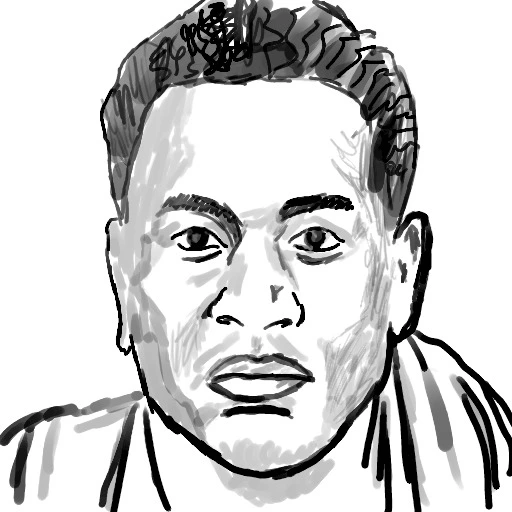I see Teslas in the bay area with bumper stickers that say things like "I didn't know he was nuts when I bought this"
I'm not surprised he'd think this. But I am that he'd be dumb enough to say it.
This is cool. When I get a chance, I wanna submit one of these too.
Oh! Apologies, I just saw that someone else said something relevant and decided to post my comment as a reply to them instead of a top level comment. Sorry for the confusion!
That is really funny!
You know, that stage show actually did run at Disneyland for about two months. What if that's actually it? What if they just used the budget from Hawkeye to underwrite the stage performance and call it "Marketing and Promotion" without having to dip into the theme park budget?? That actually doesn't sound too crazy to me.
Incidentally: my husband went to Disneyland to see Rogers! The Musical and said it was quite good.
Where did they spend $150 M in Hawkeye?
I guess I remember one big outdoor chase scene, but generally I feel like someone embezzled $10 or $20 mill. Loki? Sure. Falcon and the Winter Soldier? Yeah, that had a bunch of locations and high-value actors. But seriously, how would one spend $150 million on Hawkeye? No disrespect, but I didn't see that on screen.
I wish I did. I unironically love Hawkeye.
I'm from Pittsburgh. I think we ran a cross country meet in Hershey once.
The amusement park and factory tour are all quite charming. It's hard to recommend one make a dedicated trip, but if anyone is ever on a road trip nearby, it's worth the detour to stop by for a day.
Then again, my recommendation is 20 years old. It could be either better or worse now.
They were starting by putting a finger in zero and then dragging to the number. And for zero they were dragging all the way to the stop.
You're supposed to dial by putting a finger in each number hole and then dragging to the stop. So they dialed zero correctly, but only zero.
I had one in my room! Such a good feel to it. Same with picking up and hanging up!
This was in the early 2000s, btw. They were already relics, but landlines were still commonly used when I was in high school, and it had such a handsome look to it and felt great to use. I have long thought that a product that would do incredibly well would be a cell phone charging dock where you put your phone in and while it's charging it just acts like a landline rotary phone. The user experience is very, very gratifying, and if you've ever tried to hold a call while your phone is plugged into the wall you know how much better a solid headset with a coil wire would feel than that.
I'm 38. I remember a few times when I was a kid needed to call a classmate urgently. Like, maybe i needed to know what math problems we were assigned as homework. For folks I knew well, I might have their number written down in a book in a desk drawer, but for anyone else I would have to look up their last name in the white pages and read down a list trying to find the right number.
Was their dad's name Prescott? No, that's not an ethnic match. Here's a David. That sounds right. Oh! And it's on Beacon! That's the right neighborhood! That's got to be it!
I think about it all the time. You could find your teacher's house and just go drop off a fruit basket or something if you wanted. It was crazy! It was just assumed that if someone wanted to find your house it was probably for a sensible reason. Why otherwise? If you're paranoid or a public figure then maybe you'd choose to be unlisted, but for anyone else there's no point in it.
Simpler times, for sure. I'd still like to go back. I think it was worth it. The alternative doesn't seem to work. We're all getting constantly harassed with robo calls and stalked on line. At this point, the only people who don't know where we live are the ones who might drop off a casserole. We've gained nothing.

Whenever people say this, my first response is: you should support building mixed use/mixed density.
You would have an easier time affording a single family home if there were a couple of duplexes, quad plexes, and low rise apartments around, with some small shops in the ground level.
Fewer people competing for the same single family homes and close access to bodegas and bistros. Easier time finding babysitters and dog walkers too.
We don't all have to love like Manhattan. Most of the nicest neighborhood in America are mixed density.